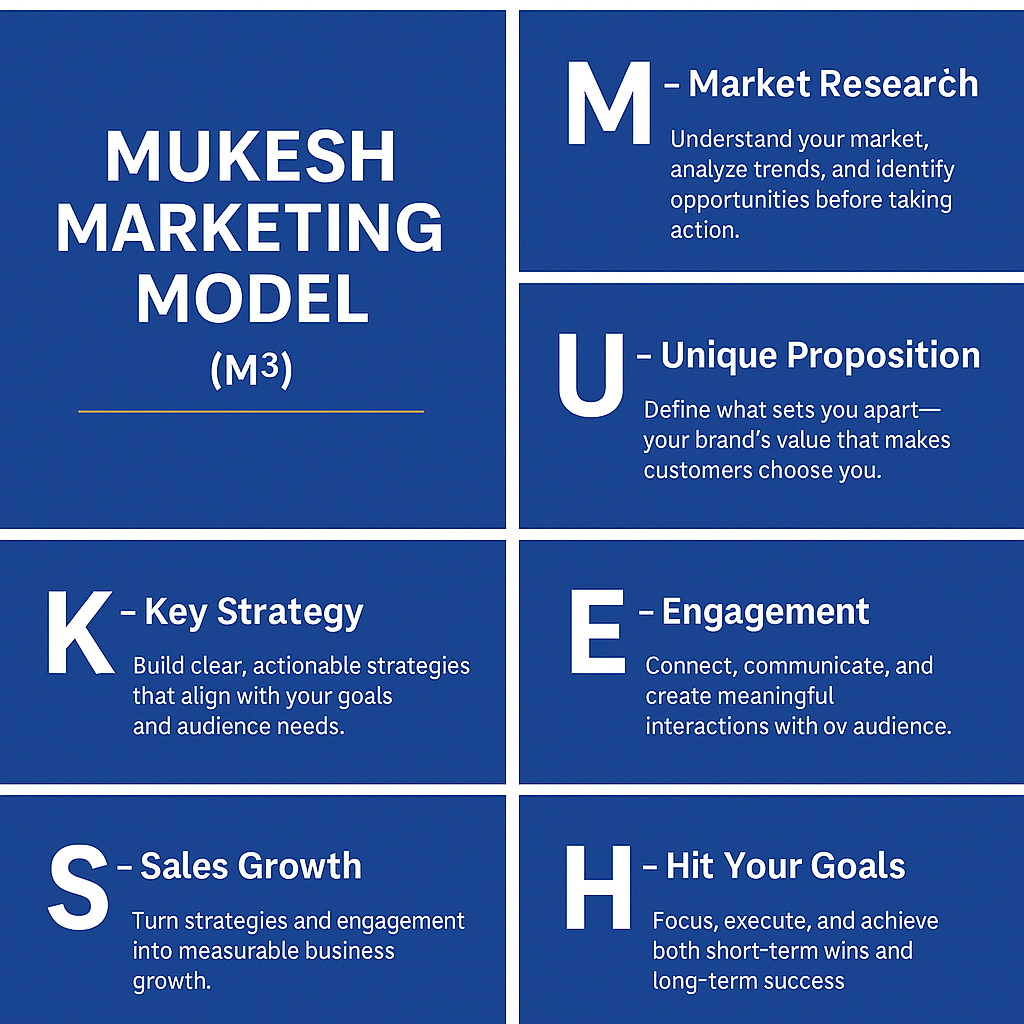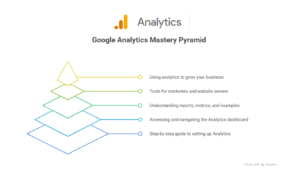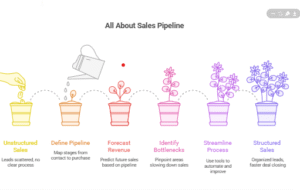Marketing is evolving faster than ever — new tools, technologies, and trends appear every month. Yet, the core principles that drive true business growth remain timeless.
To bring clarity and structure into modern marketing, Mukesh Pareek, a digital marketing professional, introduced the Mukesh Marketing Model (M3) — a step-by-step blueprint designed to help businesses simplify, strategize, and scale their marketing efforts effectively.
Unveiled on October 16, 2025, this model provides a complete roadmap for achieving sustainable growth using six powerful pillars represented by the name MUKESH.
The Breakdown of Mukesh Marketing Model (M3) — Six Pillars of Growth
The Mukesh Marketing Model (M³) is built on six strategic pillars that define every successful marketing journey — from understanding your audience to achieving measurable growth. Each pillar represents a key stage in turning ideas into impact.
M — Market Research :
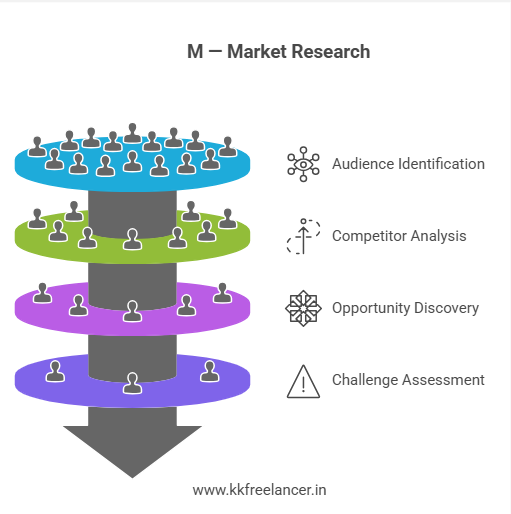
Every successful marketing campaign begins with understanding your market.
Market Research helps you:
- Identify your ideal audience and buying patterns.
- Analyze competitors and emerging trends.
- Discover untapped opportunities and challenges.
Action Tip:
Use tools like Google Trends, SEMrush, and customer surveys to build data-driven buyer personas. Update them every quarter for better targeting.
U — Unique Proposition :
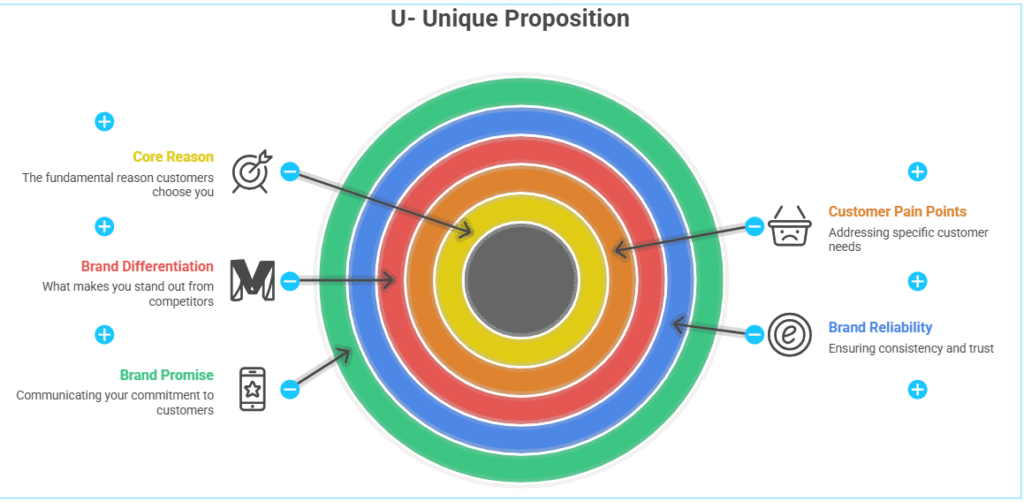
Your Unique Value Proposition (UVP) is what sets your brand apart. It’s not just your slogan — it’s the core reason customers choose you over competitors.
To define your UVP:
- Focus on solving customer pain points.
- Highlight what makes your brand different and reliable.
- Communicate your brand promise consistently across all channels.
Example:
Instead of saying “We deliver fast”, say “We guarantee 24-hour delivery or your money back.”
K — Key Strategy :
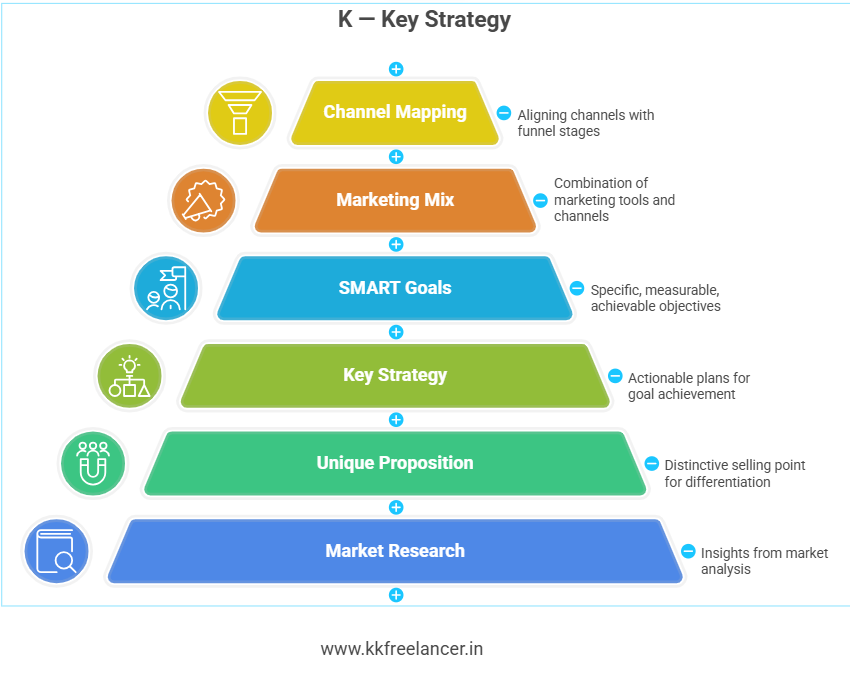
Strategy is the bridge between goals and execution.
This step is all about transforming insights from research and your USP into actionable plans.
Key Strategy Elements:
- Define SMART goals (Specific, Measurable, Achievable, Relevant, Time-bound).
- Choose the right marketing mix (SEO, Paid Ads, Email, Content).
- Map each channel to your funnel stage (Awareness, Engagement, Conversion).
Pro Tip:
Create a 90-day roadmap with weekly KPIs to measure consistent progress.
E — Engagement :
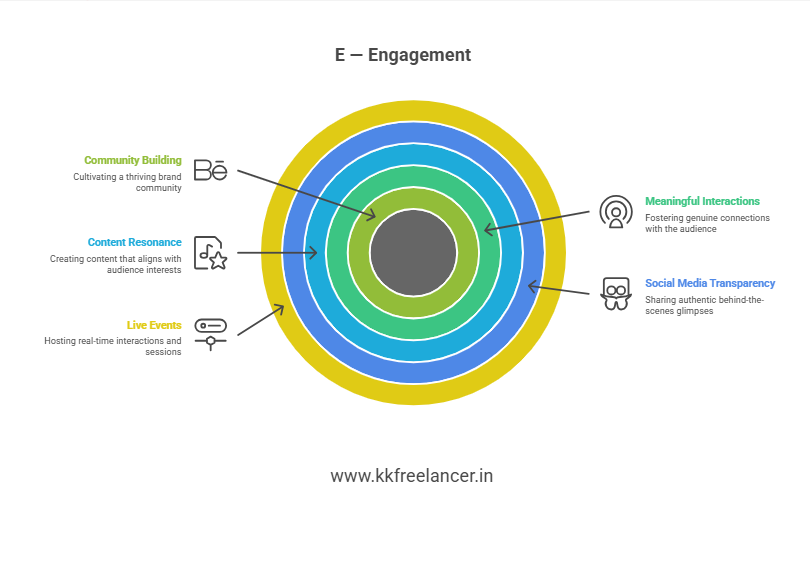
Engagement is where your brand truly connects with your audience.
It’s about building relationships, not just followers.
How to Build Engagement:
- Use personalized communication (emails, chats, DMs).
- Encourage feedback, comments, and user-generated content.
- Host webinars, polls, and live sessions to humanize your brand.
Metric to Track:
Engagement rate, click-through rate (CTR), and average session duration.
S — Sales Growth :
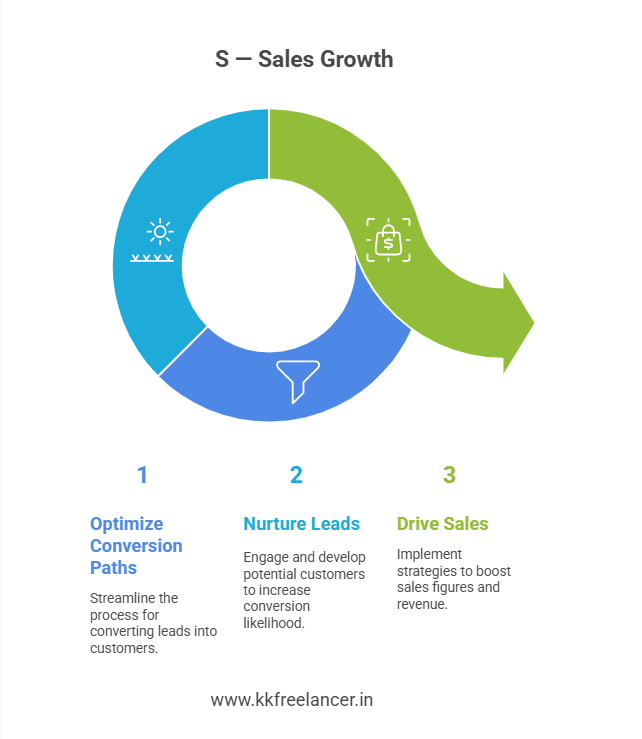
All marketing efforts ultimately aim for business growth — and that means sales.
Turning engagement into revenue requires optimizing conversion paths and nurturing leads.
How to Drive Sales Growth:
- Implement remarketing and drip email automation.
- Continuously A/B test landing pages and ad copies.
- Track metrics like CAC (Customer Acquisition Cost) and LTV (Lifetime Value).
Remember:
Growth is not about spending more — it’s about spending smarter.
H — Hit Your Goals :

The final step of the Mukesh Marketing Model is about execution and measurement.
Once strategies are live, your focus should shift to tracking results and refining actions.
Steps to Hit Your Goals:
- Review KPIs weekly or biweekly.
- Optimize campaigns based on real-time data.
- Celebrate small wins, but always aim for long-term consistency.
Success Formula:
Plan → Execute → Measure → Improve → Repeat.
How to Implement the M3 Framework — A Practical Roadmap
| Phase | Duration | Key Focus | Actions |
| Research | Week 1–2 | Market understanding | Build personas, analyze trends, and keyword mapping |
| Define USP | Week 3 | Positioning | Finalize brand message and unique offers |
| Strategy Build | Week 4–8 | Planning | Create content + ad strategy, define KPIs |
| Engagement | Month 3+ | Relationship building | Launch campaigns, track interactions |
| Sales & Scale | Continuous | Optimization | A/B tests, CRM automation, scaling top channels |
Read Aboout – All Marketing Models
Conclusion :
The Mukesh Marketing Model (M3 is not just a framework — it’s a mindset for marketers who want to create clarity, consistency, and conversion.
From research to results, M³ empowers businesses to grow smarter, faster, and stronger.
Faqs
It’s a 6-step digital marketing framework created by Mukesh Pareek to help businesses research, strategize, engage, and grow systematically.
Entrepreneurs, marketers, and agencies — from startups to established brands — can apply M3 to plan and scale their digital marketing efficiently.
Basic implementation can start within 4–8 weeks, while full measurable growth typically appears in 3–6 months.
Yes, Mukesh provides custom consulting, audits, and 90-day execution plans based on the M3 framework.


